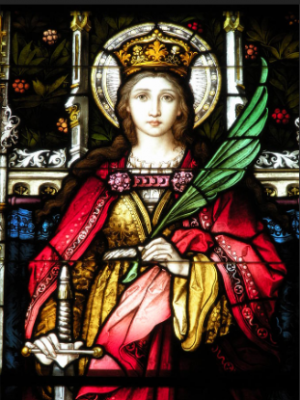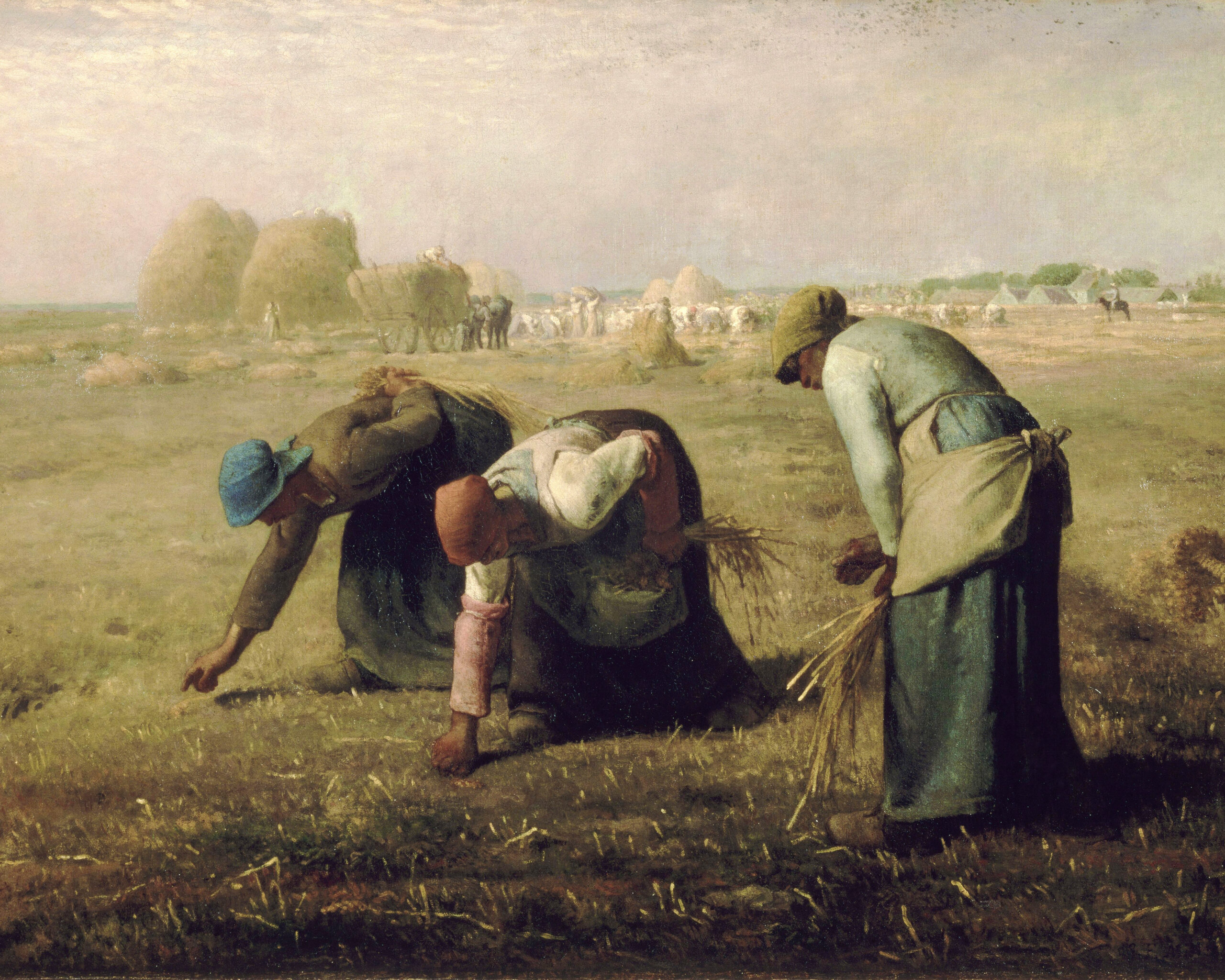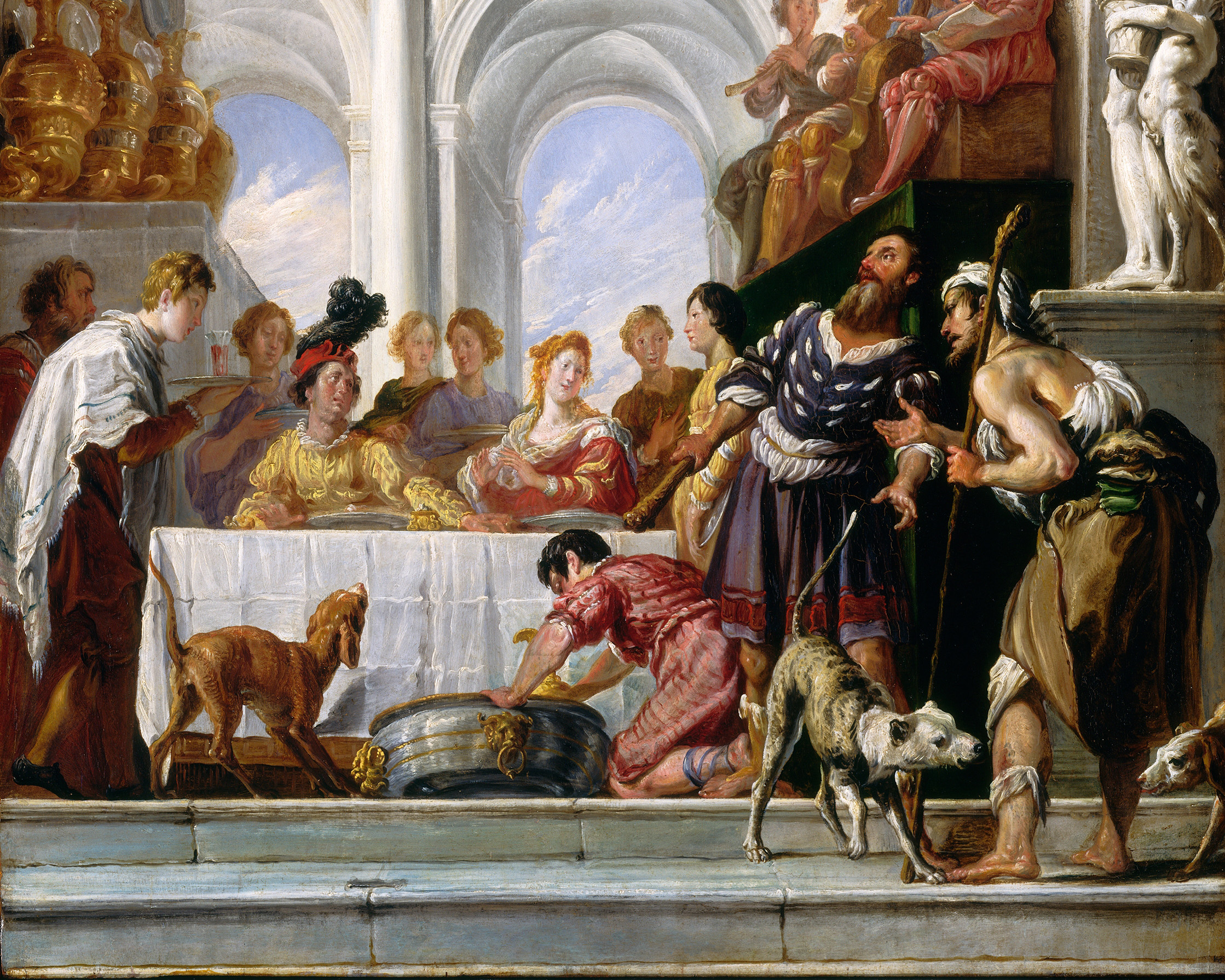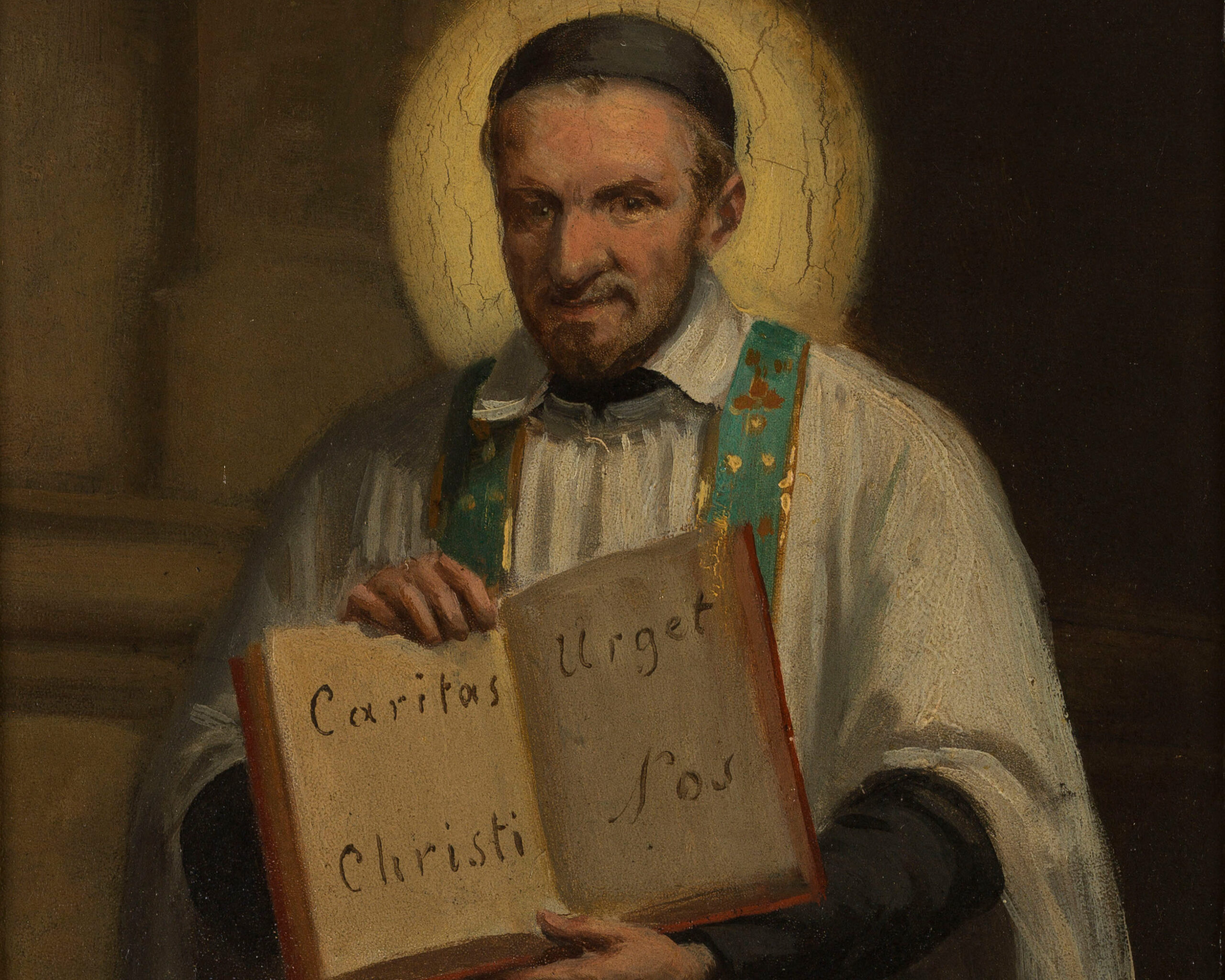According to tradition, Catherine was born in Alexandria, Egypt in the late third century. Founded by Alexander the Great in 331 BC and transformed into a Roman province by Octavian, the future Caesar Augustus, in 30 BC, Alexandria was the intellectual and commercial metropolis of the world for centuries.53 The city played an important role in the early Christian Church. Saint Mark the Evangelist, the author of the Gospel of Mark, brought Christianity to Alexandria in AD 49 after traveling with Saint Peter and writing down his sermons. He became the first bishop of Alexandria—a post that held great significance in the Church for centuries when the bishop of Alexandria was second only to the bishop of Rome.
Catherine was a beautiful and intelligent girl who was born to a noble family. Her father may have been Constus, the governor of Alexandria. He gave her an education, exposing her to philosophy and theology at a young age. She excelled in her studies. At the age of fourteen, she became a Christian after having a vision of Mother Mary and the infant Jesus.
When Catherine was eighteen, Emperor Maxentius hosted a pagan festival on a visit to Alexandria. He threatened to kill Christians who refused to join in the festivities by offering sacrifices to the gods against their will. Catherine was not a target of the persecutions, but she was deeply upset about them. She went to see Emperor Maxentius. She denounced his cruelty, and as they argued, Maxentius was too captivated by Catherine’s beauty and intellect to kill her. He wanted to win her over by convincing her to abandon her beliefs. He summoned fifty philosophers to debate her, but instead of convincing her, she convinced them with her passionate defense of truth. They converted to Christianity and Maxentius burned them to death.
In anger, Maxentius had Catherine arrested and scourged. She remained strong in her faith, refusing to denounce her Savior who had reserved a place for her in heaven. Amazed and deeply moved, Maxentius’s wife, an officer, and two hundred soldiers on her guard converted to Christianity. Maxentius had them all killed.
Maxentius tried another tactic. He proposed marriage, offering to make her a powerful empress. She refused, saying she had dedicated her virginity to Jesus Christ, her spouse.
Finally, he sentenced Catherine to a torturous death reserved for the worst criminals: execution on a breaking wheel. This was a special form of torture, requiring an executioner to thread a person’s limbs through the spokes of a wheel, strike them with a heavy rod, and break their bones, causing a slow and painful death.
When the officers presented the wheel to Catherine, she touched it and it miraculously shattered. Maxentius had her beheaded, sending her soul to her eternal home in heaven with her spouse, Jesus Christ.
Saint Catherine was one of the most beloved saints of medieval Europe. Nearly all churches were home to a statue of her, and many churches were named after her, including a church near Domrémy in Maxey. In France, her feast day, November 25, was a holy day of obligation where work was prohibited and families were expected to gather in worship.
Saint Catherine is the patroness of philosophers, maidens, and preachers.
This article is taken from a chapter in Unbreakable by Kimberly Begg, which is available from TAN Books.









